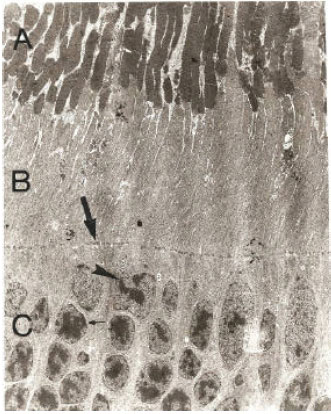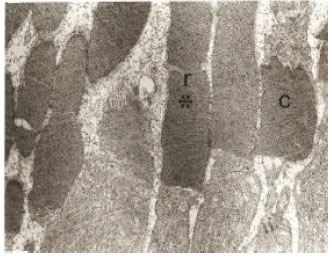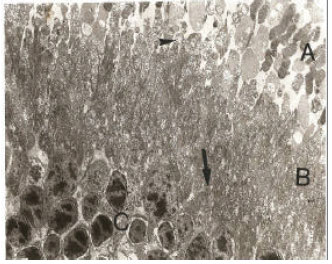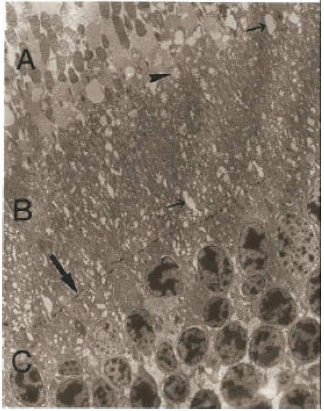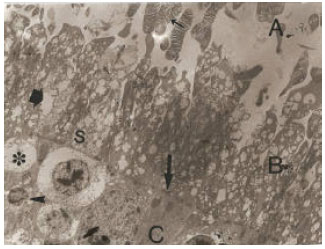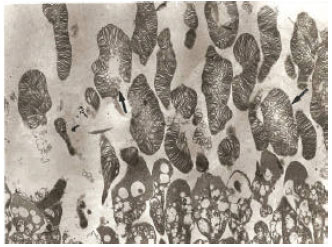Research Article
The Survey of Effects of Unilateral Ligation of Common Carotid Artery on Ultra Structural of Photoreceptor Cells of Retina in Dog
Department of Anatomical Sciences, Islamic Azad University, Kazerun Branch, Iran
A. Yousof
Department of Pathological Sciences, Islamic Azad University, Kazerun Branch, Iran
A. Aliabadi
Department of Clinical Sciences, School of Veterinary Medicine, Islamic Azad University, Kazerun Branch, Iran









